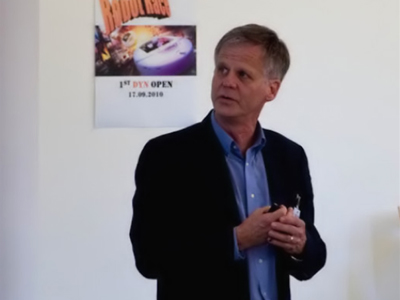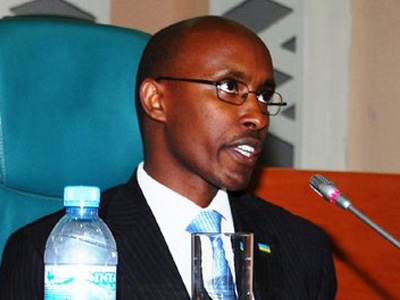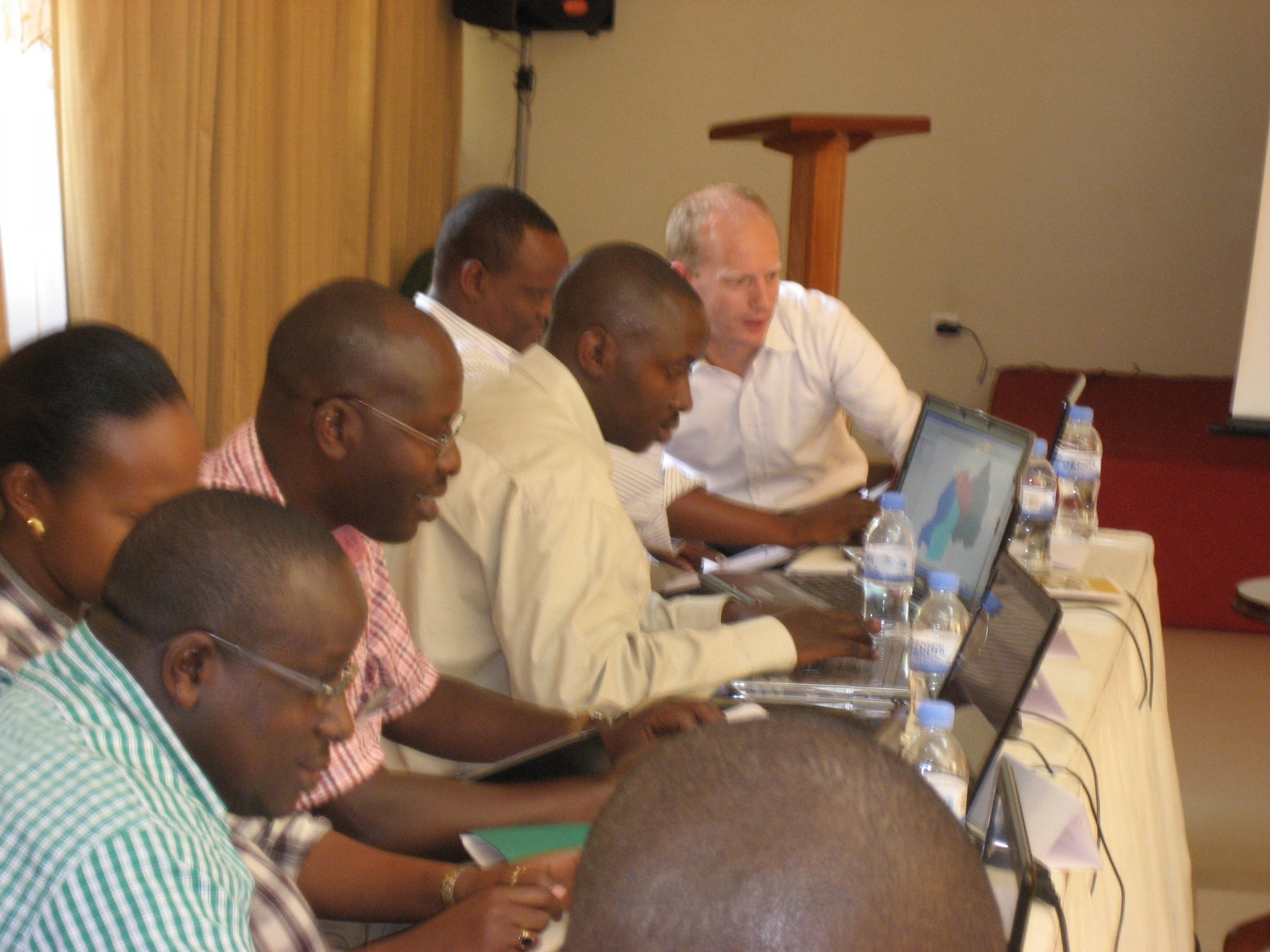
Photo Credit: OpenIdeo
Let’s imagine the state of the global food security in the next 3-5 years, if rural women decide to back out of agriculture and food production today? Secondly, let’s visualize how access to information and communication technologies (ICTs) by rural women could reverse the negative impacts that this could make on the globe – that is the magic!
Rural women in most of the developing world play an indispensable role in improving the quality of life through agriculture, food production, processing and decisions concerning nutrition and diet. According to the United Nations Food and Agriculture Organization (FAO), over two thirds of all women in Africa are employed in the agriculture sector and produce nearly 90% of food on the continent. As the world recognizes the importance of rural women on the International Day of Rural Women (2011), I would like to highlight some of the key roles that rural women play across the globe in sustaining life. The piece concludes with the ‘envisioning’ of ICTs to improve the current deplorable conditions of these rural women. While each of these cases highlights the “role” of rural women in agriculture, they also inform the public (in general) and our policy makers (in particular) about the plight of this hardworking social group within our society.
In Bangladesh, rural women are known for their traditional role in a wide range of agricultural activities including post-harvesting, cow fattening and milking, goat farming, backyard poultry rearing, horticulture, and food processing. Women, almost equal to the contribution of male family labor, carry out some 40-50% of field irrigation and non-farm water management.
Depending on the geographic location in Bhutan, rural women may dominate agricultural production. The population consists of 49% women, and 62% of them work in agriculture. Agriculture remains the primary economic activity in the rural areas of Bhutan in addition to other dominant activities as kitchen garden and livestock. Women considerably contribute to household income through farm and non-farm activities.
The situation is not different in India where the national rural female work participation rate is around 22%. While agriculture is a household enterprise, social norms demarcate the division of labor based on sex and age. Activities like transplanting and weeding are regarded as women’s jobs, whereas both men and women perform activities like harvesting and post-harvesting.
About 79% of Kenya’s population lives in rural areas and relies on agriculture for most of its income. The rural economy depends mainly on smallholder subsistence agriculture, which produces 75% of total agricultural output. The poorest communities are found in the sparsely populated arid zones, mainly in the north and made up of households headed by women, herders, and farm laborers. Subsistence farming is primary – and often the only – source of livelihood for about 70% of these women.
In Rwanda, women account for about 54% of the population, and many households are headed by women and orphans. Agriculture remains the backbone of the economy contributing an average of 36% of total GDP, and employs more than 80% of the population. Rural livelihoods are based on agricultural production system that is characterized by small family farms, practicing mixed farming that combines rain-fed grain crops, traditional livestock rearing and some vegetable production and dominated by women.
A substantial proportion of Nepalese women (40%) are economically active. Most of these women are employed in the agriculture sector, the majority working as unpaid family laborers in subsistence agriculture characterized by low technology and primitive farming practices. As men increasingly move out of farming, agriculture is becoming increasingly feminized in Nepal.
In Pakistan, women are key players in the agriculture sector, which employs almost 12 million women in the production of crops, vegetables and livestock. The cotton crop, accounting for half of national export earnings, depends heavily on female labor. Women have the exclusive responsibility for cotton picking, exposing themselves in the process to health hazards emanating from the intensive use of pesticides.
In Sri Lanka, about 80% of the population lives in rural areas in which women play an important role in the agriculture sector. About 42% of the female labor force is engaged in agricultural activities. Gender roles in slash and burn cultivation, rice paddies and home gardens vary according to the cultivation practiced in these systems of production. Women take on activities related to transplanting, post-harvesting and household level processing of home garden produce.
The agriculture sector of Ghana contributes about 33.5% of GDP and remains the country’s major engine of economic growth. Over half the country’s population lives in rural areas. About six in ten small-scale farmers are poor, and many are women. Women bear heavy workloads. In addition to their domestic chores, they are responsible for about 60% of agricultural production. More than half the women who head households in rural areas are among the poorest 20% of the population.
In Côte d’Ivoire, most of the country’s poor people are small-scale farmers. They face problems of market access, low prices for export crops and inadequate basic social services. Rural women, who lead the sector, have limited or no decision-making power over the allocation of land, and they are dependent on men for access to land. Yet gaining access to land is crucial for these women because their livelihoods depend largely on the production of food crops.
In Indonesia, women represent the mainstay of rural households, providing family as well as farm labor. Agriculture accounts for the highest share of rural employment. Since most rural households control small amounts of land or have no land at all, rural women often seek to supplement household income and food security through off-farm employment in small and medium enterprises, some of which have links to agricultural production.
The East African country of Ethiopia, has about 12.7 million smallholders who produce about 95% of agricultural GDP under extremely vulnerable conditions such as drought and other natural disasters. Households headed by women are particularly vulnerable. Women are much less likely than men to receive an education or health benefits, or to have a voice in decisions affecting their lives.
Poverty in the Sudan is deeply entrenched and is largely rural. Poverty particularly affects farmers who practice rain-fed agriculture. It is more widespread and deeper in rural areas dominated by women and children and in areas affected by conflict, drought and famine. In general, small-scale farmers and herders in the traditional rain-fed farming and livestock sectors are poorer than those in the irrigated agricultural sector.
Tanzania has about 85% of its poor people living in rural areas and relies on agriculture as their main source of income and livelihood. Within the agriculture sector, food crop producers who are mainly women, are generally poorer than cash crop farmers, but both operate under cyclical and structural constraints and are subject to frequent natural calamities.
Despite all these contributions of women to agricultural sector under the aforementioned harsh conditions, their role has tended to be seen as secondary to that of men. Unfortunately, the opportunities offered by ICTs in the digital age, are not immediately available to the poorest of the poor – who are mostly ‘rural’ women. Rural women in most developing countries face important constraints with respect to ICTs. Some of these include the limited time availability to participate in training and use of ICTs due to the nature of their role at home, low literacy level, minimal access to technology such as mobile telephones or computers, and social and cultural stigma that goes with the social group.
Notwithstanding, there is an increasing body of evidence that shows how ICT is contributing positively to women’s socio-economic empowerment. A range of ICT models have been used to support the empowerment of women all over the world and there is evidence to show that ICTs have improved women’s access to information, and provided them with new employment opportunities.
While the Food and Agriculture Organization (FAO) estimates that giving women the same access as men to ‘agricultural resources’ could increase their farm production by 20-30%, I would like to state that giving women same access as men to “ICTs” could increase their farm productivity by 20-30%.












































